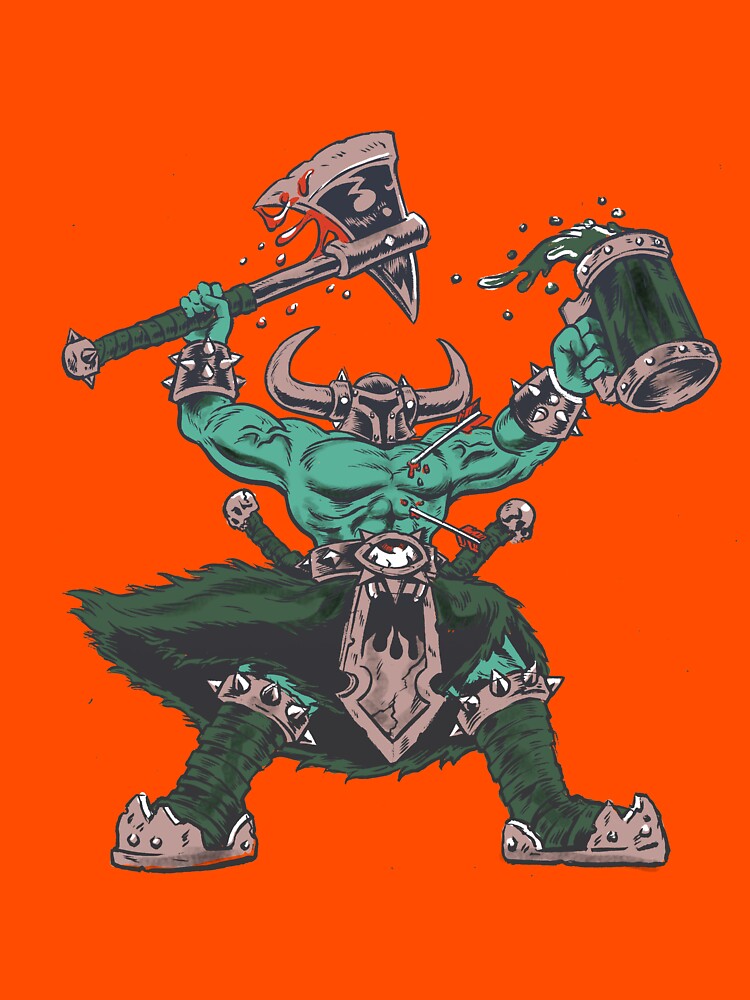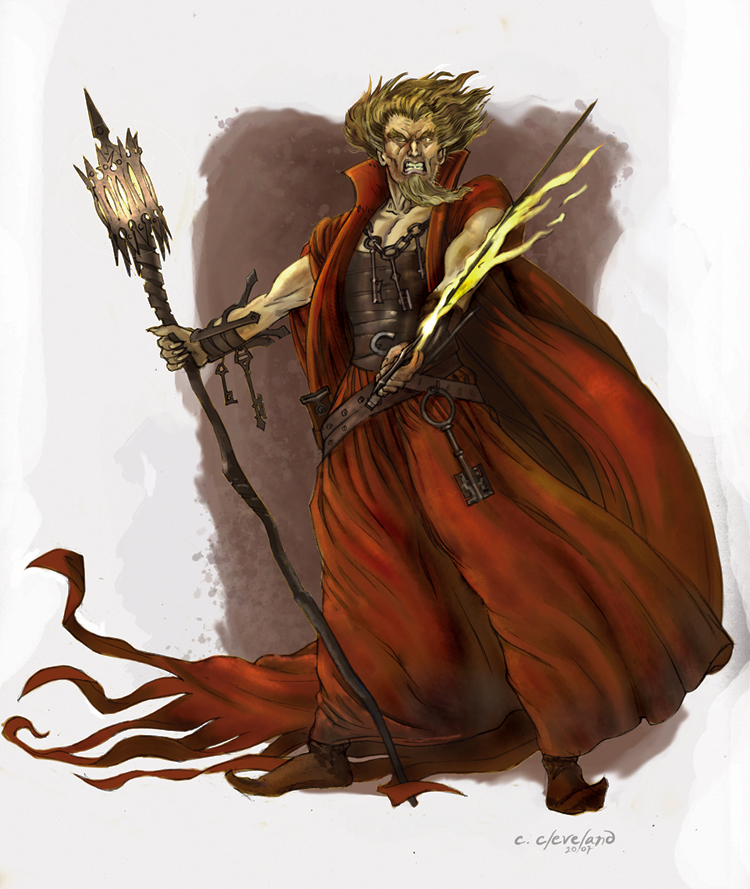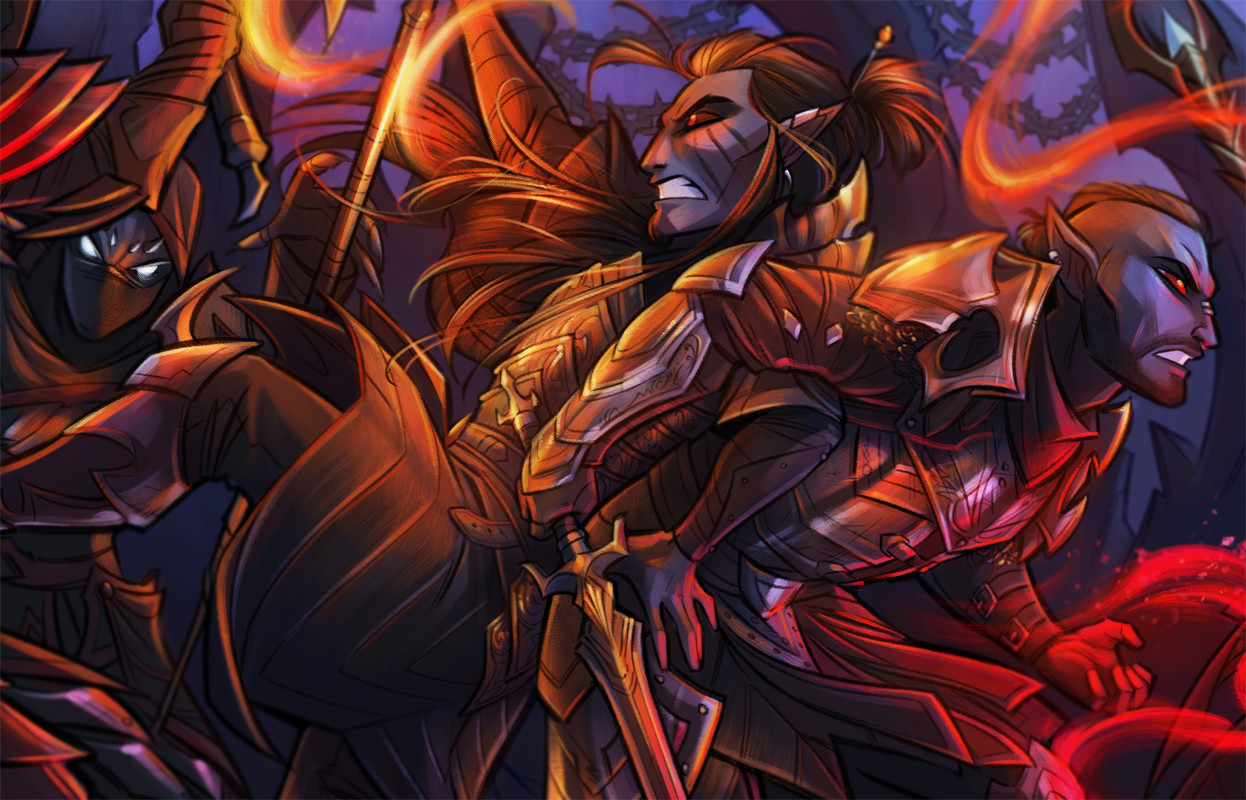....And it was great!
Zak was scouting for playtesters for his new heroes and villains game. I was lucky enough to get in.
Warning: the game is still in development. So take what I say with a grain of salt.
I played in two different games. My first character was an 80s style transformer Police Monster Truck (PMT). My second character was the kinetic absorbing kid named Punching Bag.
PMT's crime fighting career ended fast due to unfortunate circumstance. But Punching Bag ended up saving the day! But that's a story for another time. On to character creation.
Zak has released a version of the character creation rules on his blog. But there are a few aspects of character creation left out of the post. For example this system has the most entertaining way to produce your core stats.
Each character has a CAPTAIN. That stands for Calm, Agility, Perception, Toughness, Appeal, Intelligence, and Network. Each stat has a die (as in a d6, d8, d10, etc; not a number).
You generate die by rolling all the standard dice from d4 to d12. Then you arrange the dice from lowest to highest. Then you take the die with the middle number; if there's a tie you get to pick the die.
This by itself makes rolling up characters a blast! You roll your stats late in the character creation process. But I had to mention it first because its so interesting and fun.
First you roll your character's first set of abilities. Most of the entries give you a choice between two powers. For example for PMT I got to choose Weather Control of Custom Vehicle. (He was a transformer so I chose he vehicle.)
Zak stated he structured entries to appeal to two players with opposite play styles. A player who wants to play a psionic is different from a player who wants to play animal clawed villain.
The first set of abilities are Primary Powers and define your character a great deal. Punching Bag rolled Energy Vampirism/Absorption. I picked Kinetic as the type of energy. This ended up being his only power but he crushed a league of villains that had more diverse powers. So don't feel cheated if you only get a single power because it's not an arms race.
Second I'm not sure what happens, but you do some more rolling and there's a chance you'll get more powers or a Gimmick. I didn't learn much about the process for this step other than there's a d20 involved.
Third you roll your occupation. Your occupation gives you skills from what I can tell. For PMT and Punching Bag I got "Job where you're shot at" (cop) and kid.
Fourth you roll your CAPTAIN.
Fifth and last you pick your skills. You get 3 skills along with the skills from your occupation. Your skills start at one level higher than their governing stat. So if you have a d12 Toughness and Berserker, Berserker gets a d20.
Martial Arts and Berserker ended up being the two strongest skills I encountered. A little too strong.
Zak stated that a character can't take Martial Arts if their Primary Power is based off toughness. For example Punching Bag couldn't take it since his power was Toughness based. Also it counts as two skills so...meh?
Berserker seems like a skill any character would take. It reduces a significant amounts of damage. But there was the stipulation that you can't use your noggin. Plus you take some penalties afterwards so...meh?
At any point during character creation you can spend a Boost to reroll a power or stat. You get one for free and circumstance can provide you with more.
And that's it for character creation! It's simple, short, sweet, and fun to boot. And I heard one person mention that it's a lot simpler than most superhero rpgs. So points for succinctness!
Now on to the game itself.
Zak pitted our heroes and villains against each other. He stated that the game isn't based around PvP. But PvP provided the simplest method to playtest everything.
Zak walked our characters through exploring a lair. The first lair was a defeated villain's hideout. The second was an alien satellite in low orbit. Our characters wondered through the rooms until we were face to face. Then initiative started!
I say started because initiative in this game is more complex than standard D&D. First the GM lists each player by Perception. Then each player goes in order from lowest Perception to highest. They state what their character is going to do, picking up the dice they'll need and holding on to it. Then everyone rolls at the same time. Then actions resolve from the highest roll to the lowest. It takes getting used to but it's exciting and keeps you on your toes.
I was the most confused by the recover mechanic. It kicks into gear when your character gets knocked out. From what I understand your Toughness level functions as your hit points. So if you have a d12 Toughness you can take 12 points of damage before getting knocked out. Once knocked out, you lose a round. The next round you start making recovery rolls. If I remember, you roll your toughness. Then whoever knocked you out rolls the damage of whatever they used to knock you out. If your recovery roll is higher than the damage roll you recover the difference in Toughness. Once you're back to positive Toughness then you're back in the action.
That's it for my commentary. My final verdict is that this game looks solid. I love the character creation and the combat. I can't wait to see what a campaign would look like.
 |
| Fighting Punching Bag is a lot like this |










